
This Beginner Dropshipping Guide is for starting a dropshipping business on Shopify and using Facebook ads to drive traffic. It strikes a balance between strategic planning and creative marketing. Therefore this beginner’s guide is designed to walk you through each step of the process, ensuring you have the necessary tools and knowledge to launch your online store successfully.

Step 1: Demystifying Dropshipping
Dropshipping is a lean business model where you sell products without holding inventory. When a customer places an order, you buy the product from a third party, who then ships it directly to the customer. This setup minimizes risk and upfront investment, making it an attractive option for entrepreneurs looking to enter the e-commerce space. The most common way is to choose a fulfillment company that integrates with Shopify. Accordingly, some examples are Zendrop, DSers, Sprocket, CJDropshippng, Salehoo, Doba, and Modalyst. Most of these are going to have a monthly subscription but usually make up for it in quicker shipping times and more USA and Canadian warehouses to dropship from. Front runners are generally DSers, Sprocket, and Zendrop but you’ll have to do your research a few are free so you can install multiple into your Shopify Store.
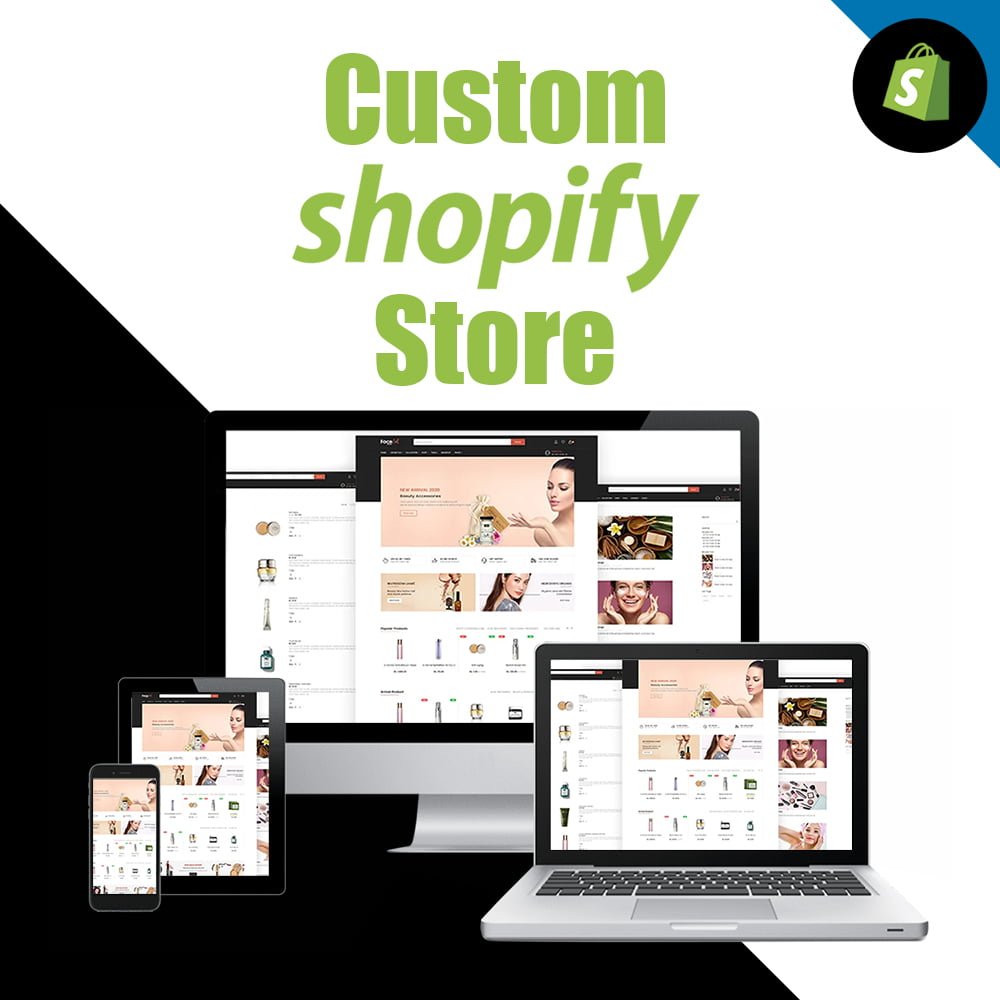
Step 2: Building Your Shopify Store
Create Your Account: Start by signing up for Shopify. Choose a pricing plan that suits your budget and business scale.
Choose and Customize Your Theme: Shopify offers a wide range of themes. Pick one that aligns with your brand identity and customize it to fit your needs. This includes adjusting colors, fonts, and layout to create a user-friendly shopping experience. There are many free themes but if you want to stand out you should probably pay for a premium theme from an outside marketplace. Partner Debutify is one such marketplace so if you want a more premium you can use our link and it will not change your price just give us a few pennies for putting you together with them.
Add Products to Your Store: You can manually add products or use apps like Oberlo to import products from suppliers. Provide detailed product descriptions and high-quality images to make your products more appealing.
Set Up Payment Gateways: Shopify supports various payment methods. Enable multiple options to accommodate different customer preferences.
Define Shipping Policies: Although you won’t handle shipping directly, setting clear shipping policies is crucial. It helps manage customer expectations regarding shipping times and costs.
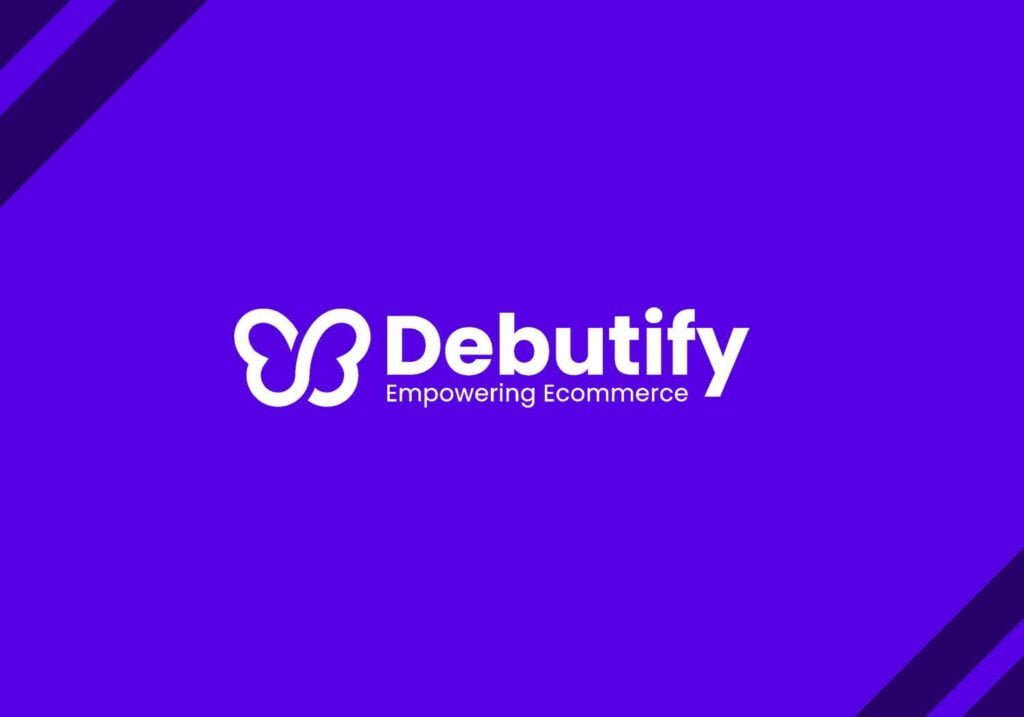
Step 3: Selecting Products
Product selection is a pivotal aspect of establishing a successful dropshipping business. It can make the difference between a store that thrives and one that barely survives. Given the direct impact of product choice on customer interest, sales volume, and ultimately profitability, careful consideration and strategic thinking are essential. Here’s an in-depth look at how to approach product selection for your dropshipping business:
SaleHoo – is a dropshipping directory for all your wholesale and dropshipping needs
Understanding Your Market
Niche Selection: Start by choosing a niche that aligns with your interests, knowledge, or existing market gaps. A well-defined niche helps in tailoring your product selection to a specific audience, making marketing efforts more focused and effective.
Market Demand: Use tools like Google Trends, Amazon Best Sellers, or social media platforms to gauge consumer interest and demand for potential products. Look for items that show a consistent upward trend or have seasonal popularity.
Competition Analysis: Identify your competitors and analyze their product offerings. Tools like SimilarWeb or Alexa can provide insights into their traffic, while social listening tools can help understand customer sentiments. Aim to find a balance between demand and competition—high demand with manageable competition is ideal.
Identifying Profitable Products
Profit Margins: Look for products with healthy profit margins. Consider both the cost of goods sold (including shipping) and the potential selling price. Products with higher margins provide more flexibility for marketing and promotions.
Shipping Costs and Complexity: Since dropshipping involves shipping products from suppliers to customers, consider the shipping costs and complexity. Lightweight, small, and non-fragile items often result in lower shipping costs and fewer issues during transit.
Market Saturation: Avoid oversaturated markets where differentiation becomes difficult. Products that offer unique features, benefits, or appeal to niche interests can stand out more easily.
Leveraging Trends and Innovations
Trending Products: Stay on top of current trends by monitoring social media, news outlets, and trend-forecasting websites. Products that are currently in vogue can drive significant traffic and sales.
Innovative Products: Products that solve a problem or improve upon existing solutions can capture the market’s interest. Keep an eye out for innovations within your niche.
Evaluating Supplier Reliability and Product Quality
Supplier Reputation: Work with reputable suppliers known for quality products and reliable fulfillment. Use platforms like AliExpress, Oberlo, or Spocket, and pay close attention to supplier ratings, reviews, and transaction volumes. Let someone else find the scams no reviews mean no contact, no matter how cheap a price or what they promise.
Sample Orders: Before committing to selling a product, order samples to assess quality, packaging, and shipping times. This step is crucial to ensuring your customers will receive products that meet their expectations.
Validating Product Viability
Customer Feedback and Reviews: Look for products with positive feedback and reviews. Products that have already demonstrated market acceptance are likely to perform well.
Pre-Sales or Market Testing: Consider using pre-sales or small-scale market tests to gauge interest in a product before fully committing. This can be done through limited-time offers, social media polls, or targeted ads.
Conclusion
Product selection for dropshipping is not a one-time task but an ongoing process of market research, trend analysis, and validation. By deeply understanding your market, staying informed about current trends, and rigorously evaluating products and suppliers, you can create a compelling product offering that meets customer needs and drives sales. Remember, the goal is to find products that not only have the potential for high demand but also align with your brand, offer good profit margins and can be sourced from reliable suppliers.
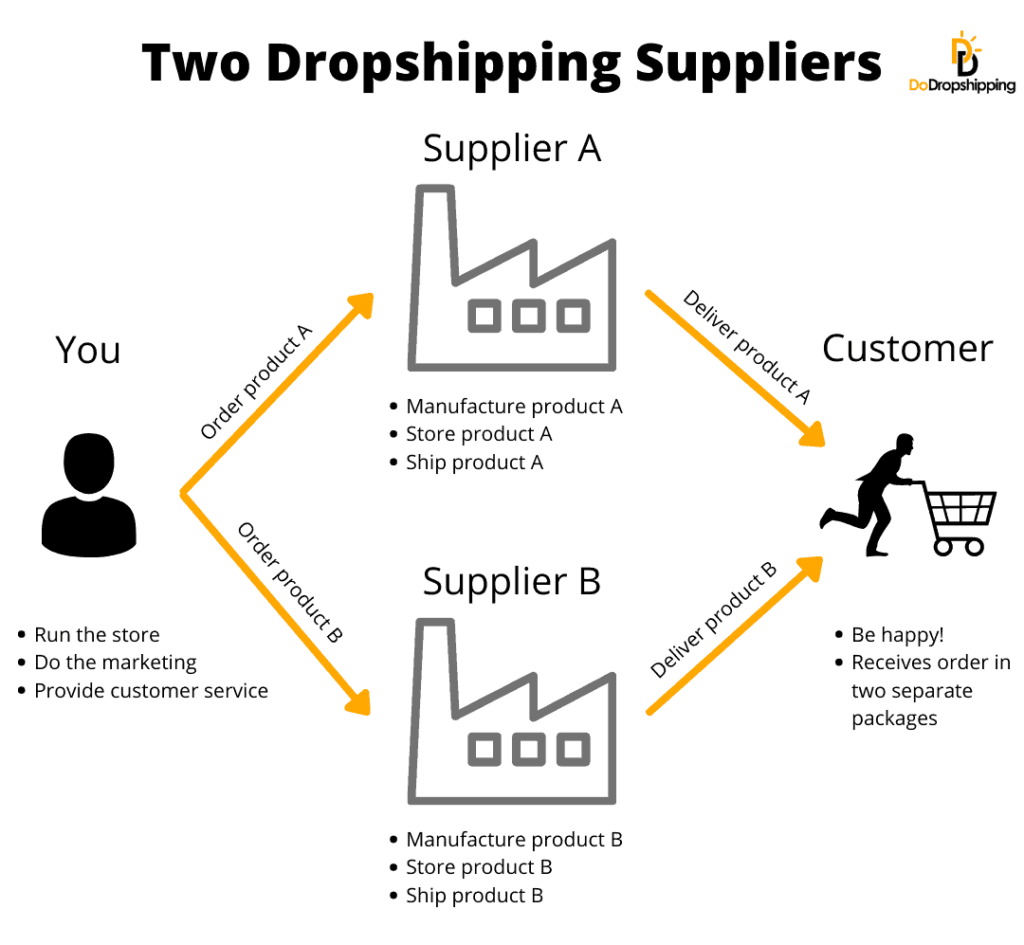
Step 4: Partnering with Suppliers
A reliable supplier is crucial for a successful dropshipping business. Use platforms like AliExpress, Oberlo, or Spocket to find suppliers with good ratings and reviews. Communicate clearly to establish a good working relationship and ensure they understand your quality standards. Though starting out I would use a fulfillment company like those discussed at the beginning of the guide.

Step 5: Launching Your Facebook Business Page
Before advertising, you need a Facebook Business Page. It serves as your brand’s social media home.
Create Your Page: Follow Facebook’s setup process to create your business page. Choose a category that best represents your business.
Customize Your Page: Upload a profile picture and cover photo that reflects your brand. Fill out all the business information sections, including your store’s story, contact information, and hours.
Build Your Initial Audience: Invite friends, family, and acquaintances to like your page. This initial audience can help spread the word about your new business.

Step 6: Starting with Facebook Ads
Set Up Facebook Ads Manager: This tool will be your command center for Facebook advertising.
Target Your Audience: Use Facebook’s targeting options to narrow your audience based on demographics, interests, behaviors, and more. The more targeted your audience, the higher your chances of conversion.
Budgeting: Decide on a budget for your campaigns. Start small and scale up based on performance.
Create Engaging Ads: Design ads that capture attention and encourage action. Use high-quality images or videos, and craft compelling ad copy that highlights the benefits of your products. Though now Facebook has Carousel ads that do well if not better than image and video campaigns.
Launch and Optimize: After launching your ads, monitor their performance closely. Use the data to optimize your campaigns for better results. This might include tweaking your ad copy, images, targeting criteria, or budget allocation.
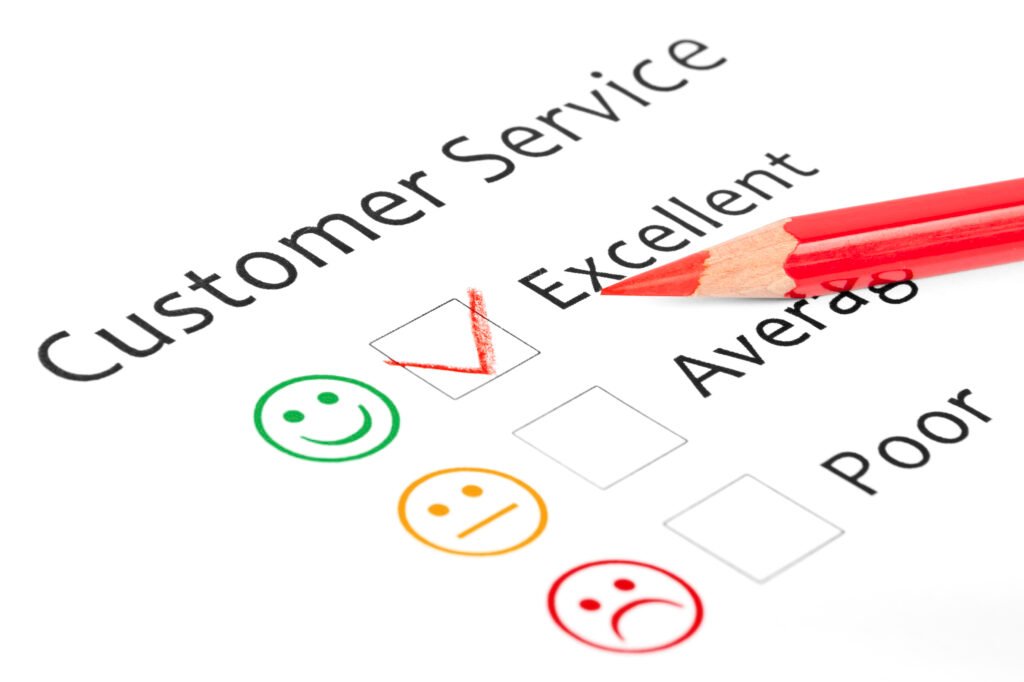
Step 7: Managing Orders and Customer Service
As orders begin to come in, coordinate with your suppliers to ensure products are shipped promptly. Provide customers with tracking information and remain available to answer questions or resolve issues. Excellent customer service can lead to repeat business and positive reviews.
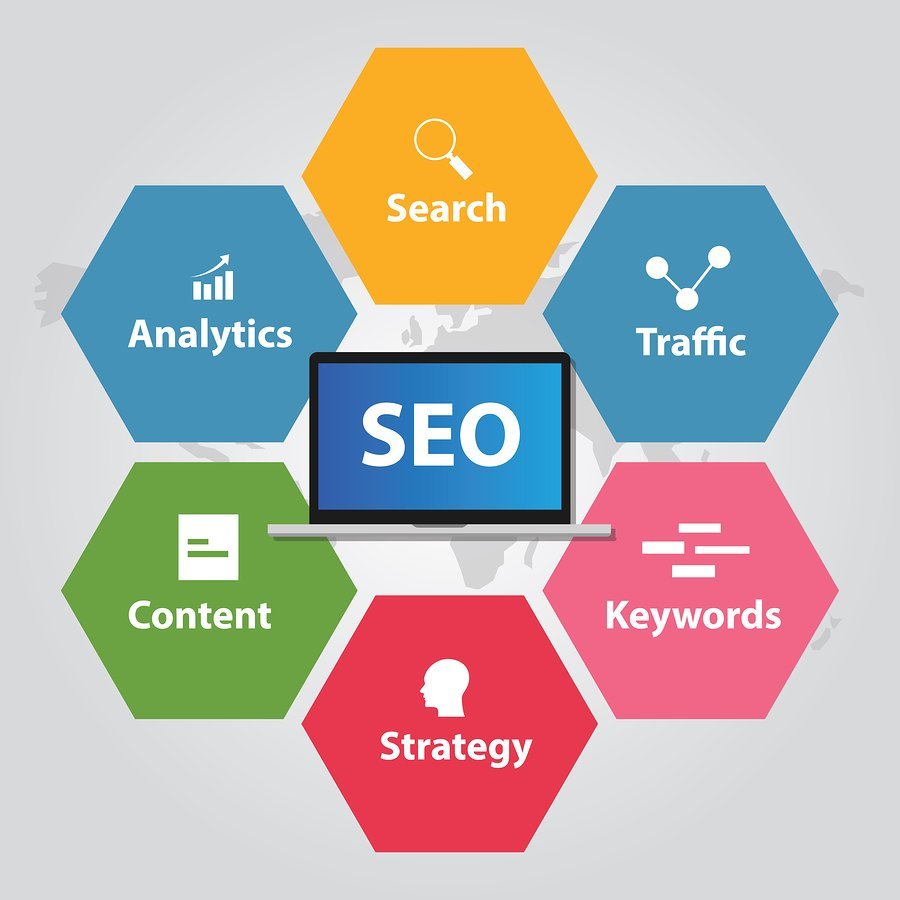
Step 8: Analysis and Optimization
Regularly review your store’s performance and the effectiveness of your Facebook ads. Shopify and Facebook provide analytics tools to help you understand sales trends, customer behavior, and ad performance. Use this data to make informed decisions about inventory, marketing strategies, and customer engagement efforts. Remember this is just the start once you think you’re done and you’re making money that’s just the start now it’s time to move on to more advanced topics like scaling and 3pl fulfillment, but that’s for another guide.
Conclusion
Launching a dropshipping business with Shopify and Facebook ads involves careful planning, execution, and ongoing optimization. By understanding the dropshipping model, setting up an appealing Shopify store, carefully selecting products and suppliers, and effectively using Facebook ads, you can build a successful online business. Remember, success in e-commerce comes from understanding your audience, offering them value, and continuously optimizing your operations and marketing strategies based on data-driven insights.
Partner Links
Hostinger – Web Hosting for any scale from personal to cloud businesses with many powerful wordpress tools.
SaleHoo – is a dropshipping directory for all your wholesale and dropshipping needs
Debutify – is a marketplace for custom themes for your shopify store to make it stand out
Amazon Dropshipping books – You never stop researching and learning to stay ahead of the game
